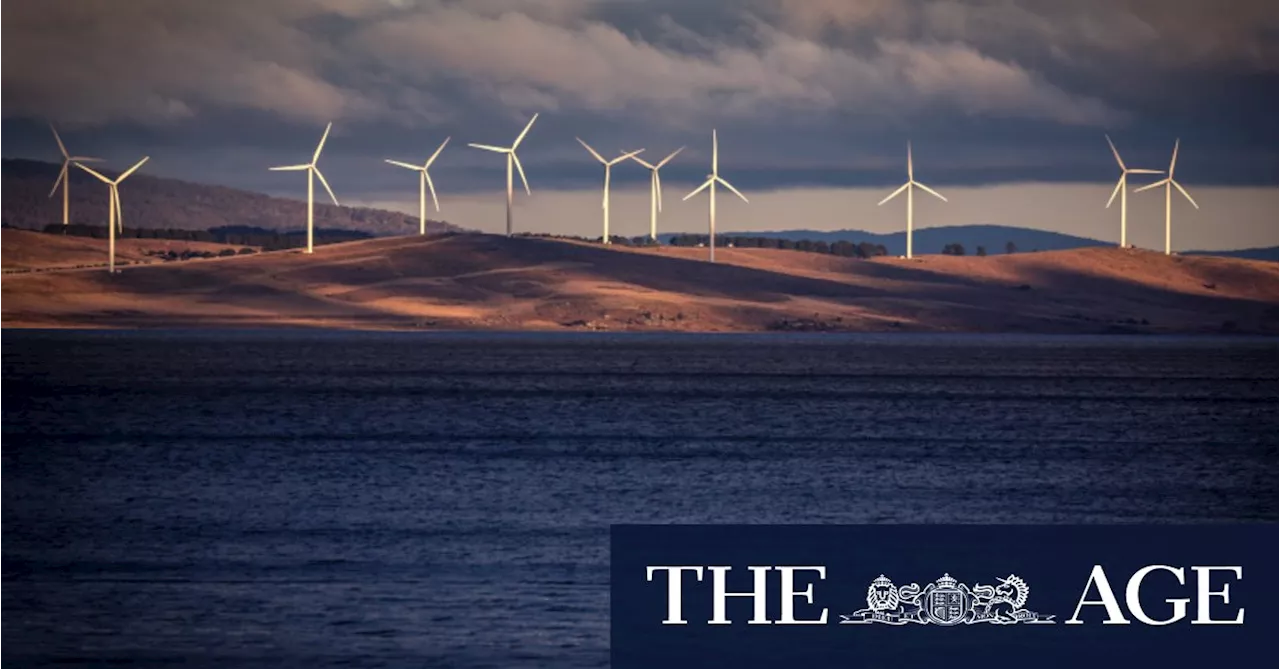Despite a record year for renewable energy investment, Australia's largest power and gas company, Origin Energy, warns that achieving the nation's ambitious target of 82% renewable electricity by 2030 remains a challenge. While investments in wind and solar projects reached a six-year high in 2024, hurdles such as rising costs, lengthy approvals, community opposition, and a lack of transmission infrastructure persist.
Power and gas giant Origin Energy says Australia’s legislated target to double the share of renewables to 82 per cent of the electricity mix by the end of the decade still looks difficult to achieve, even after a surge of investment during 2024. Investments in new large-scale wind and solar developments reached a six-year high last year with more than $9 billion worth of projects securing funding commitments.
The figures, released this week, have lifted hopes in the industry that the federal government’s ambitious commitment to dramatically expand the rollout of renewable energy by 2030 could be back within striking distance.“These results show that clean energy investment is getting back on track,” Clean Energy Council chief executive Kane Thornton said. “It’s critical that we don’t lose focus or change direction now on a strategy that is working.” But it may still not be enough, said Frank Calabria, chief executive of Australia’s biggest power and gas retailer Origin Energy.The share of electricity generated from sun, wind and water is expanding each year in Australia, now making up roughly 40 per cent of the mix. Billions of dollars are pouring into household and grid-scale renewable energy and storage assets such as batteries, while the giant coal-fired power plants that have been the backbone of the grid for decades are nearing the end of their lives and bringing forward their closure dates. However, the clean energy rollout has been lagging the pace experts deem necessary to reach Australia’s 82 per cent target for some time, as project developers run into rising costs, lengthy approval processes, community pushback and a lack of new power lines to connect far-flung wind and solar regions to cities.Origin is among the biggest investors in the renewable energy assets and batteries needed to help replace retiring coal, and Calabria said he supported the level of ambition reflected in the government’s 2030 targets. “We are making meaningful progress towards our target of adding 4–5 gigawatts of renewables and storage to our portfolio by 2030,” he said. But the energy transition did not end in 2030, he added, and difficult reform decisions must urgently be made to ensure the grid is equipped to handle the likely exit of most or all remaining coal-fired power plants in the 2030s, while reaching “net zero” emissions by 2050. This included developing a mechanism to spur the development of more fast-start gas-fired power stations, known as “peakers”, which the Australian Energy Market Operator say must play an infrequent but critical role covering supply shortfalls during long periods of low wind and sunlight. His comments come as ASX-listed Origin unveiled stronger-than-expected earns for the six months to December 31. Underlying profit jumped 23.6 per cent to $924 million, the company said, as higher earnings from its gas division more than offset the lower earnings it received from generating and selling electricity in Australia, and from its stake in the fast-growing British retailer Octopus Energy. The Market Recap newsletter is a wrap of the day’s trading
RENEWABLE ENERGY AUSTRALIA ORIGIN ENERGY INVESTMENTS TARGET GRID COAL GAS ELECTRICITY
Australia Latest News, Australia Headlines
Similar News:You can also read news stories similar to this one that we have collected from other news sources.
 Renewable Power Surpasses Coal for First Time in Australia's Energy MarketRenewable energy sources set a new record, providing 46% of Australia's electricity supply in the December 2024 quarter, surpassing coal-fired generation for the first time. High temperatures and increased demand pushed electricity prices up, but the shift to renewables contributed to record-low emissions.
Renewable Power Surpasses Coal for First Time in Australia's Energy MarketRenewable energy sources set a new record, providing 46% of Australia's electricity supply in the December 2024 quarter, surpassing coal-fired generation for the first time. High temperatures and increased demand pushed electricity prices up, but the shift to renewables contributed to record-low emissions.
Read more »
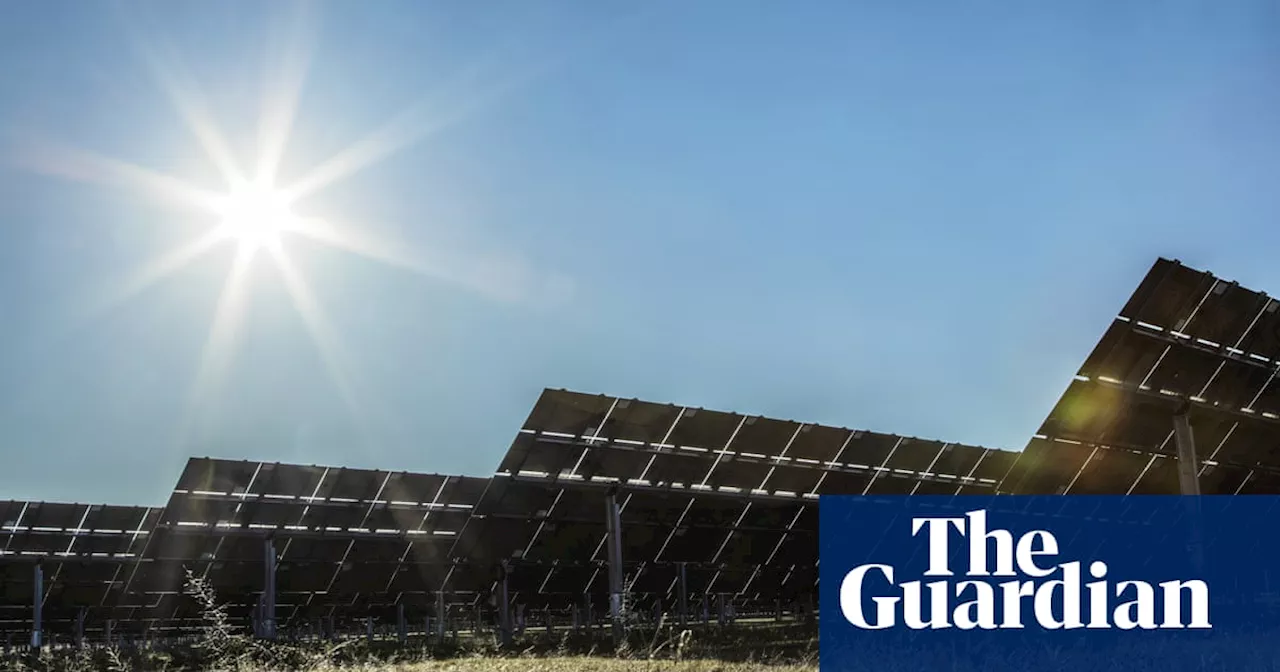 ‘Billions of dollars’: Australia hopes to lure renewable energy investment from US after Trump’s electionInvestors confident Australian industry will not turn away from climate targets and action, as some major banks have in the US
‘Billions of dollars’: Australia hopes to lure renewable energy investment from US after Trump’s electionInvestors confident Australian industry will not turn away from climate targets and action, as some major banks have in the US
Read more »
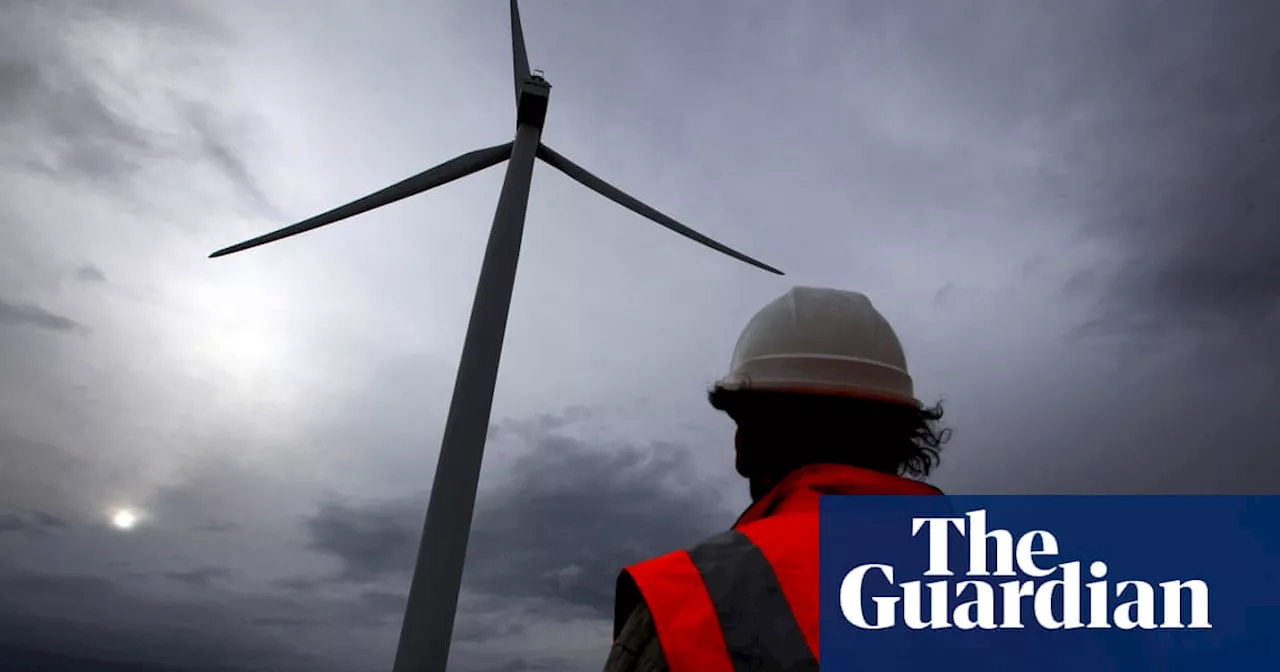 Australia Sees Record Investment in Renewable EnergyAustralia has witnessed its highest investment in large-scale wind and solar energy in six years, reaching $9 billion in 2024. This surge in investment, totaling 4,346MW of new renewable capacity, reflects positive policy signals from both federal and state governments. While the Albanese government faces criticism for potentially missing its 82% renewable energy target by 2030, industry experts remain optimistic, highlighting the need for continued support and stable policy frameworks to maintain this positive momentum.
Australia Sees Record Investment in Renewable EnergyAustralia has witnessed its highest investment in large-scale wind and solar energy in six years, reaching $9 billion in 2024. This surge in investment, totaling 4,346MW of new renewable capacity, reflects positive policy signals from both federal and state governments. While the Albanese government faces criticism for potentially missing its 82% renewable energy target by 2030, industry experts remain optimistic, highlighting the need for continued support and stable policy frameworks to maintain this positive momentum.
Read more »
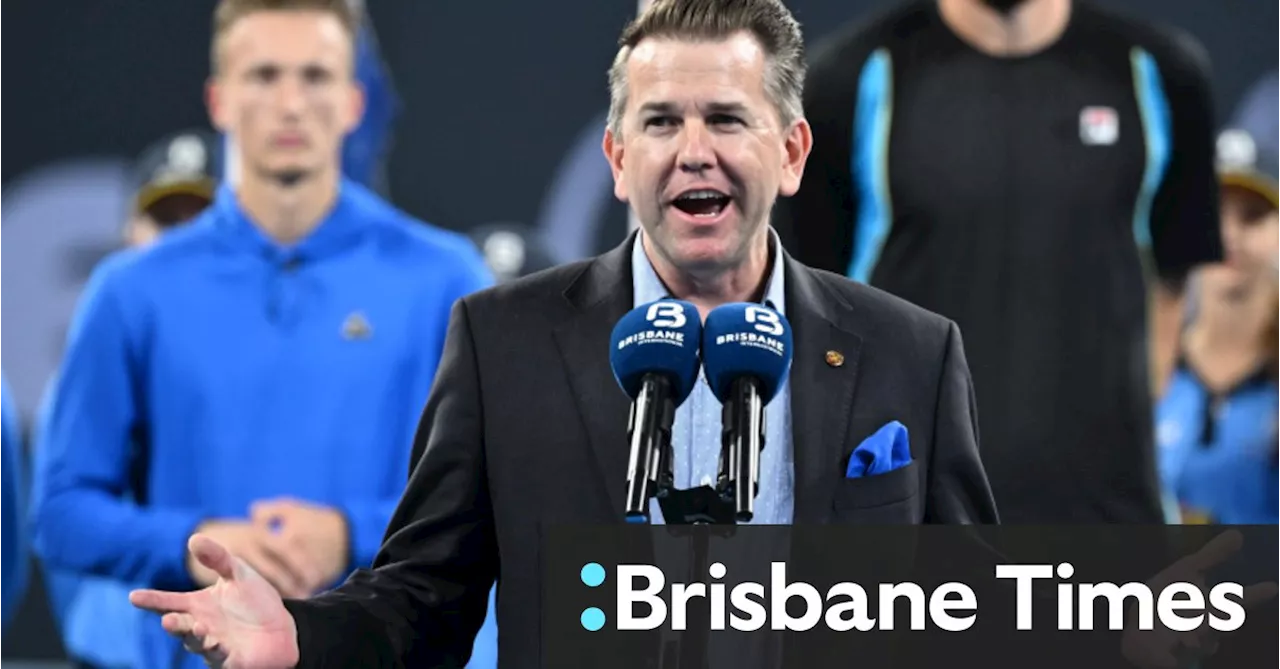 Queensland Deputy Premier Halts Renewable Energy Project AssessmentsQueensland Deputy Premier Jarrod Bleijie has ordered a four-month halt to the assessment of three major renewable energy projects while he considers using his authority to call them in. Bleijie cited the projects' complex nature and potential impacts on social, economic, and environmental factors as reasons for the pause.
Queensland Deputy Premier Halts Renewable Energy Project AssessmentsQueensland Deputy Premier Jarrod Bleijie has ordered a four-month halt to the assessment of three major renewable energy projects while he considers using his authority to call them in. Bleijie cited the projects' complex nature and potential impacts on social, economic, and environmental factors as reasons for the pause.
Read more »
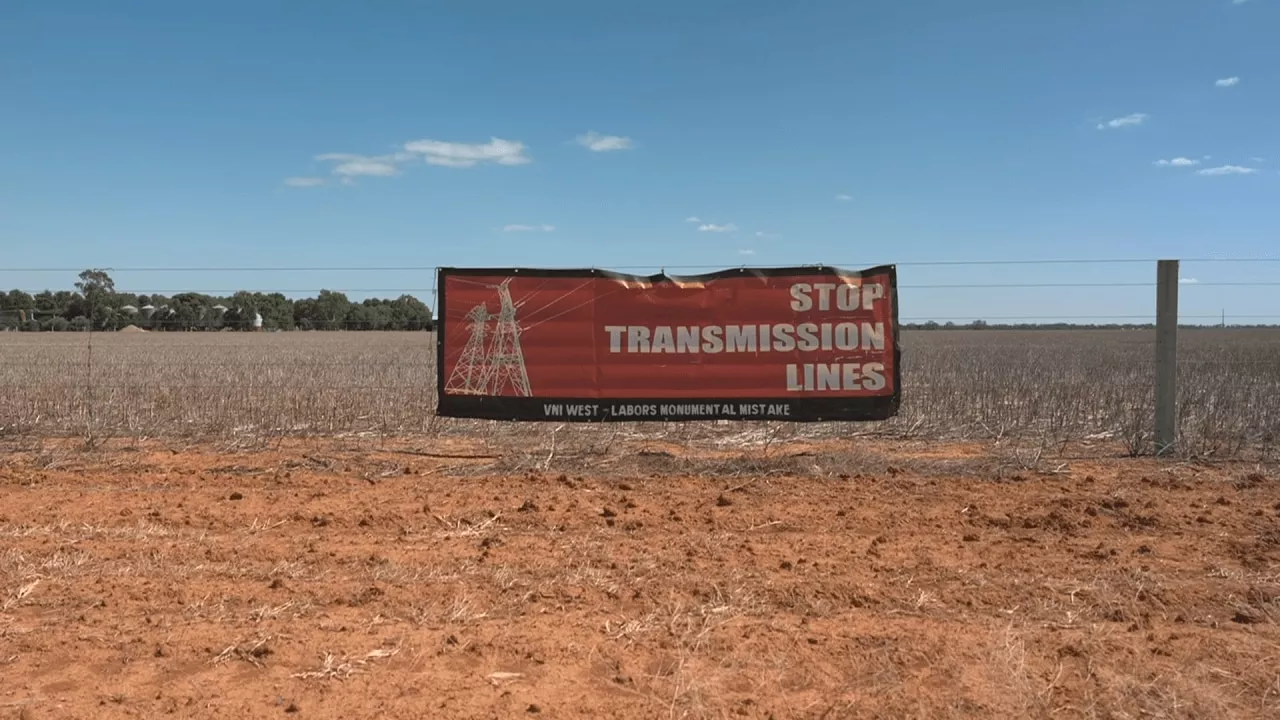 Victorian Farmers Fight Back Against Government's Renewable Energy PushFarmers in rural Victoria are facing off against the Albanese government's ambitious renewable energy project, VNI West, which threatens to disrupt their livelihoods and reshape their land.
Victorian Farmers Fight Back Against Government's Renewable Energy PushFarmers in rural Victoria are facing off against the Albanese government's ambitious renewable energy project, VNI West, which threatens to disrupt their livelihoods and reshape their land.
Read more »
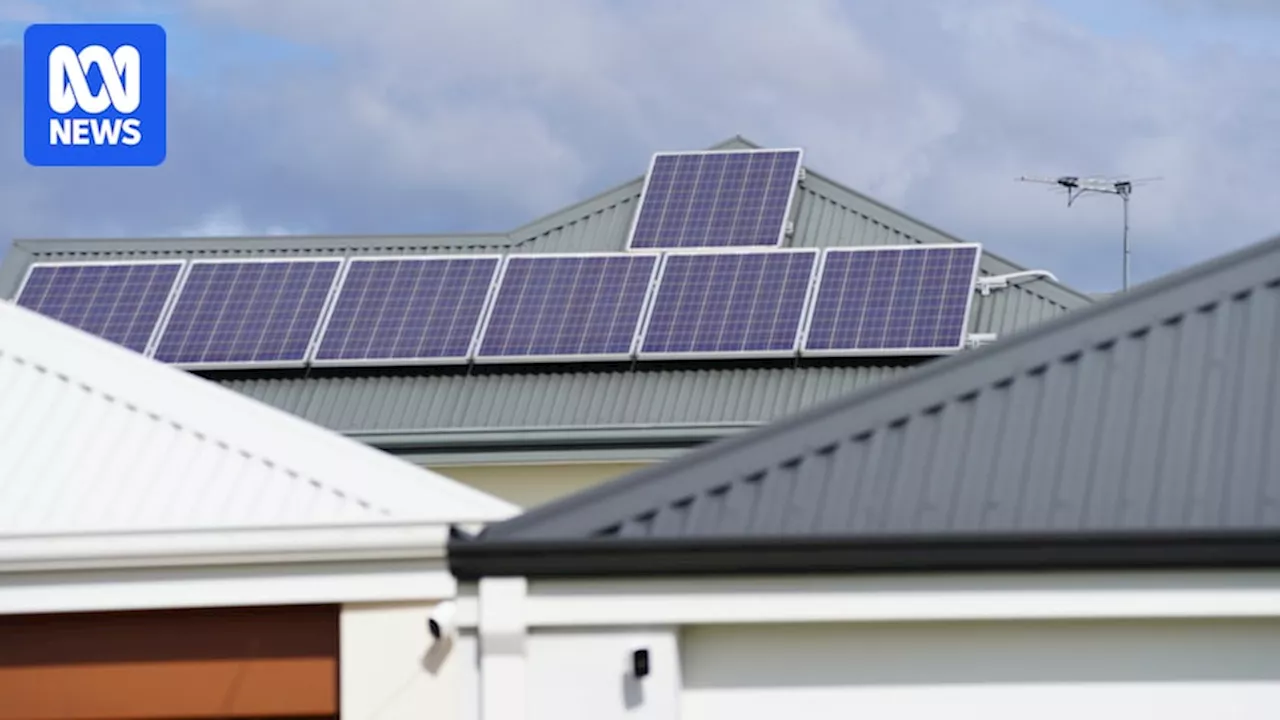 Renewable Energy Surge Leads to Price Volatility in Australian Power MarketAustralia experiences record renewable energy generation but faces challenges with price spikes and grid stability as the nation transitions to a cleaner energy future.
Renewable Energy Surge Leads to Price Volatility in Australian Power MarketAustralia experiences record renewable energy generation but faces challenges with price spikes and grid stability as the nation transitions to a cleaner energy future.
Read more »
